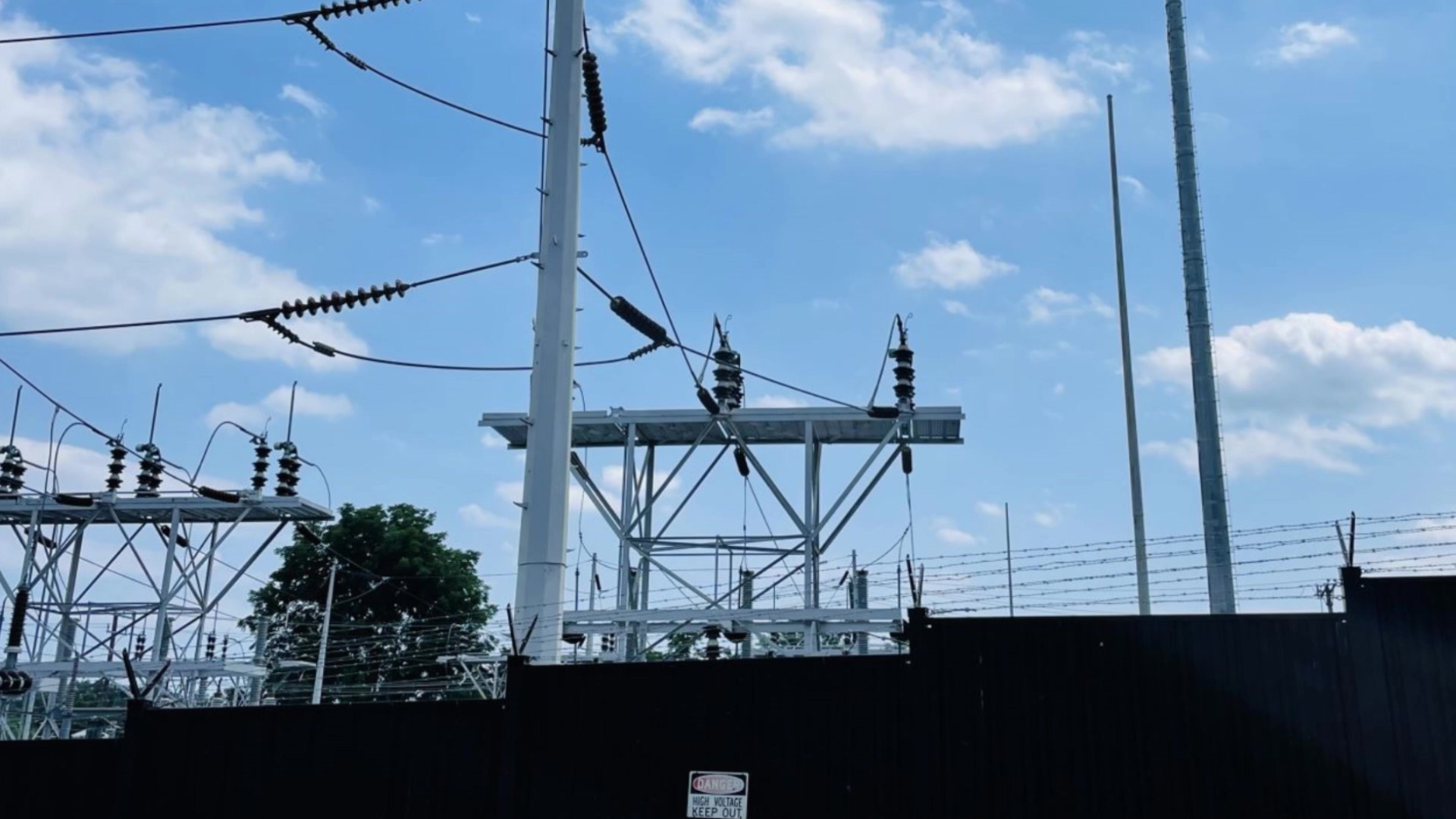3 min read
DHS Warning: Violent extremists are increasingly sharing tactics for attacking power stations
![]() Theseus Team
:
Apr 24, 2023 3:27:51 PM
Theseus Team
:
Apr 24, 2023 3:27:51 PM

In the news again today: increasing online chatter about carrying out power station attacks on our critical infrastructure. And while we run a good chance of having our power interrupted if a strike occurs near our home, work, or school, it's not just power stations that need to be better prepared. (See related CNN article here)
A physical security risk assessment is a crucial aspect of safeguarding your organization, ensuring the safety of your employees, assets, and critical infrastructure. In this article, we will delve into the importance of conducting a physical security risk assessment, the essential advantages it brings to your organization, and the steps to take to ensure a comprehensive assessment.
Introduction to Physical Security Risk Assessment
A physical security risk assessment is a systematic process of evaluating your organization's security measures and identifying potential vulnerabilities and threats to your physical assets, staff, visitors, and others at your facility. This evaluation is essential to develop and modify a comprehensive security plan that addresses your organization's unique risks and challenges. Physical security risk assessments are vital for businesses and organizations of all sizes and industries, as they provide a foundation for creating a safe and secure environment for employees, customers, and stakeholders.
The process of conducting a physical security risk assessment typically involves a thorough review of your organization's security systems, policies, procedures, and infrastructure by a 3rd party consultant like Theseus Professional Services or an experienced and professionally qualified member of your staff. This review helps determine the adequacy of your current security measures and identify areas where improvements are necessary. By identifying potential risks and vulnerabilities, you can take proactive steps to mitigate those risks and strengthen your overall security posture.
Importance of Conducting a Physical Security Risk Assessment
Conducting a physical security risk assessment is crucial for several reasons. It enables organizations to make informed decisions about their security investments, prioritize their resources, and develop a comprehensive security strategy. Moreover, a physical security risk assessment can help organizations comply with regulatory requirements and industry standards, protect their employees and customers, protect their reputation, and reduce potential financial losses.
The world we live in is continually evolving, and so are the threats we face. As new technologies emerge, adversaries develop new methods to exploit vulnerabilities and cause harm. A physical security risk assessment helps organizations stay ahead of these threats by regularly evaluating their security measures and making the necessary adjustments. By conducting a physical security risk assessment, you are taking an essential step in ensuring the long-term success and resilience of your organization.
5 Essential Advantages of a Physical Security Risk Assessment
1. Identifying Vulnerabilities and Threats
One of the most critical advantages of conducting a physical security risk assessment is the identification of vulnerabilities and threats to your organization. These vulnerabilities can range from weaknesses in access control systems to gaps in surveillance coverage. By identifying these vulnerabilities, you can develop targeted strategies to address them and minimize the risks they pose to your organization.
Threats can come from various sources, including criminals, disgruntled employees, or even natural disasters. A comprehensive physical security risk assessment will help you understand the specific threats your organization faces and provide valuable information on how to mitigate these risks.
2. Enhancing Overall Security Measures
Another essential advantage of a physical security risk assessment is the improvement of your organization's overall security measures. By identifying vulnerabilities and threats, you can prioritize your resources and develop targeted strategies to strengthen your security posture. This may include upgrading security systems, implementing new policies and procedures, or investing in employee training and awareness programs.
In addition to enhancing security measures, a physical security risk assessment can also help you identify areas where resources may be allocated inefficiently. This can lead to cost savings and more effective security investments.
3. Ensure Compliance with Regulations & Standards
Many industries are subject to regulatory requirements and industry standards related to physical security such as PPD-21 for critical infrastructure, CFATS for chemical facilities, and Joint Commission standards for healthcare organizations. Conducting a physical security risk assessment can help your organization ensure compliance with these requirements, reducing the risk of fines, penalties, and reputational damage.
4. Reducing Potential Financial Losses
Security breaches can lead to significant financial losses for organizations, both in terms of direct costs (such as property damage and theft) and indirect costs (such as business interruption and reputational damage). By conducting a physical security risk assessment and implementing targeted strategies to address vulnerabilities and threats, you can reduce the likelihood of a security breach and minimize potential financial losses.
5. Protecting Your Oranization's Reputation
In today's increasingly security-conscious world, a security breach can have severe consequences for an organization's reputation. Customers, employees, and stakeholders expect organizations to take security seriously, and a failure to do so can lead to a loss of trust and confidence and even financial accountability. By conducting a physical security risk assessment and implementing effective security measures, you can protect your organization's reputation and demonstrate your commitment to ensuring a safe and secure environment.
 BONUS: FREE IN-HOUSE SECURITY RISK ASSESSMENT CONSIDERATIONS GUIDE
BONUS: FREE IN-HOUSE SECURITY RISK ASSESSMENT CONSIDERATIONS GUIDE
Security professionals are constantly looking for innovative ways to secure their facility and provide a safe environment within their budget. And, they are also constantly looking for resources to help them achieve that mission while expert advice is hard to come by.
Fortunately, we have released a considerations guide that will help security professionals perform their own in-house security risk assessment.
What's Inside?
This guide is intended to assist you with performing an in-house physical security risk assessment. In many cases, assistance from a third-party expert, like Theseus Professional Services, is required.
Identification of missing or inadequate physical security measures that safeguard assets (people, property, and information) and critical business functions is of paramount importance. The findings of a security risk assessment are used to measure and communicate the level of risk to the organization.
- Process Evaluation
- Threats
- Vulnerability Assessment Highlights
- Electronic Security Systems Considerations
- Site Considerations
- Building Entrances and Exits
- Common Functional Areas
- Building Envelope
- Utilities and Building Services
- Building Systems



